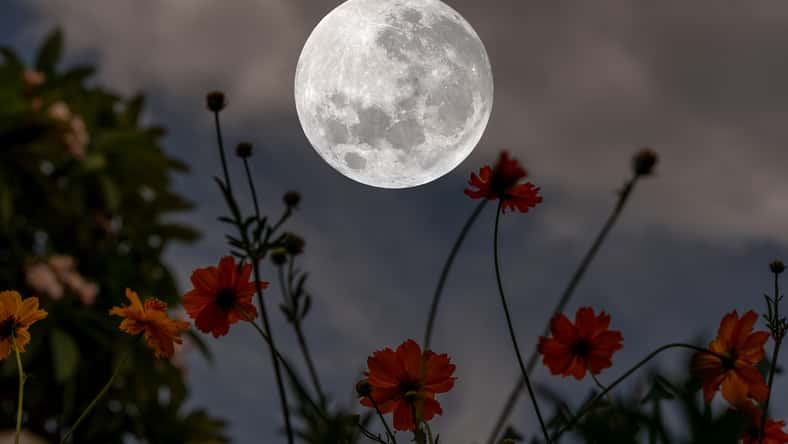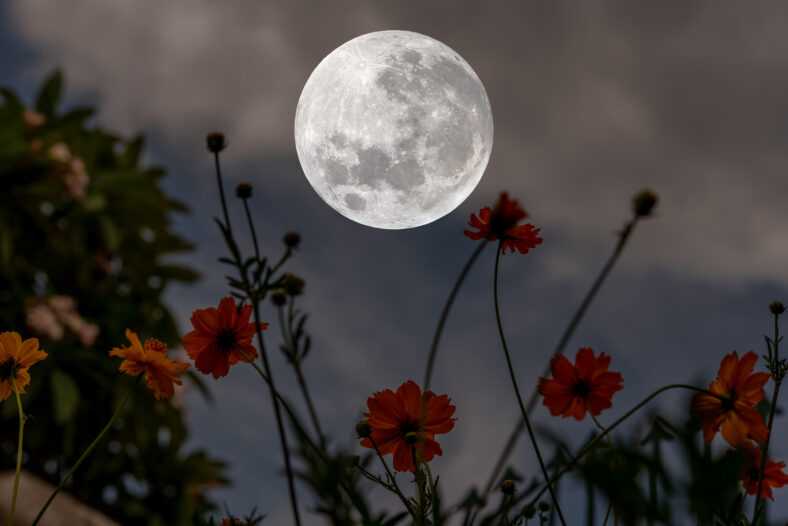A Rare Black Moon Is Coming This Month, And Here’s How To Watch It

If you glance up at the sky this week, hoping to see a big, glowing moon, don’t be surprised when you see absolutely nothing!
In late August, a rare Black Moon will occur in the night sky. The name “Black Moon” refers to the third new moon in a season of four new moons, instead of the usual three.
Since the Black Moon is a new moon, it will be pretty much invisible. It is expected to occur in the western half of the Western Hemisphere before 12 a.m. on August 22. For the rest of the world, the Black Moon will appear after 12 a.m. on August 23.
Black Moons are rare and happen only about once every 33 months. The next one is expected to show up on August 20, 2028, and will also be a supermoon. The last Black Moon was on April 30, 2022.
In the lunar cycle, there is usually one full moon and one new moon that takes place each month, according to NASA.
A second full moon in one calendar month is sometimes called a Blue Moon. Earth’s seasons typically have three new moons. If a season has four new moons, the third new moon is called a Black Moon.
You may not be able to observe the Black Moon, but after a couple of evenings, you can spot a sliver of a waxing crescent moon about 30 or 40 minutes after the sun sets.
Some people mistake the thin lunar crescent for a new moon, but this is not the case, as a new moon cannot be seen at all.
When the moon reaches its new moon phase, it cannot be seen in the night sky because the illuminated side of the moon is facing the sun instead of the Earth. This makes the night of a Black Moon the perfect time for stargazing and deep-space observation.

Sign up for Chip Chick’s newsletter and get stories like this delivered to your inbox.
The absence of bright moonlight will reveal the details of the Milky Way, dazzling star clusters, and even faraway nebulae. The upcoming Black Moon will follow soon after the Perseid meteor shower, which peaks in mid-August.
The skies will be darker around this time, and anyone who enjoys stargazing might catch a glimpse or two of stray meteors streaking overhead. So, be sure to get outside once the sun sets and use a telescope to view the stars and planets.
If you can’t catch this year’s seasonal Black Moon, don’t worry, celestial wonders are never far off. You can look forward to the next Blue Moon on May 31, 2026.
Whether it’s the hidden charm of a Black Moon or the bright and radiant glow of a Blue Moon, each lunar event offers an opportunity to experience the cosmos.
More About:News





